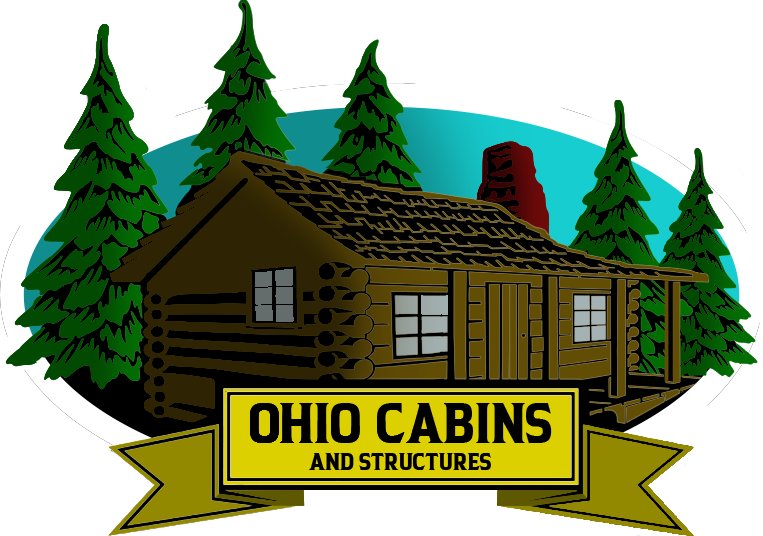As satellite internet technology advances, one service has captured the attention of rural and remote users across the globe: Starlink. But many still ask, is Starlink internet good? Understanding the strengths and limitations of Starlink’s system is key for anyone considering it for their home, especially for those living off the grid or in rural communities where traditional internet options are limited. In this article, we’ll explore the performance, reliability, user experiences, and real-world applications of Starlink to help you decide if it’s a good fit for your needs.
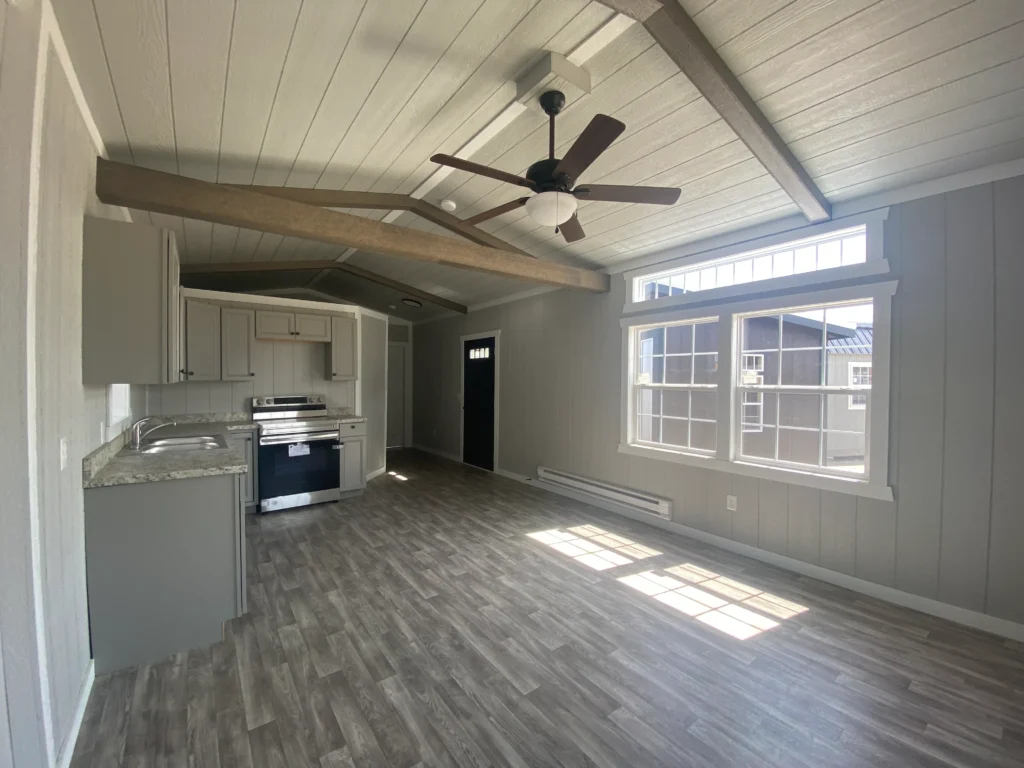
Overview of Starlink Internet
Starlink, a project by SpaceX, delivers internet service via a network of thousands of low Earth orbit (LEO) satellites. Unlike traditional satellite services that rely on just a few satellites positioned far above the planet, Starlink’s LEO constellation is much closer—around 340 to 750 miles up—allowing for faster speeds and lower latency.
The system requires a Starlink Kit, which includes a satellite dish, a tripod, and a Wi-Fi router. Setup is straightforward, and the dish automatically adjusts to connect to the best satellites overhead.
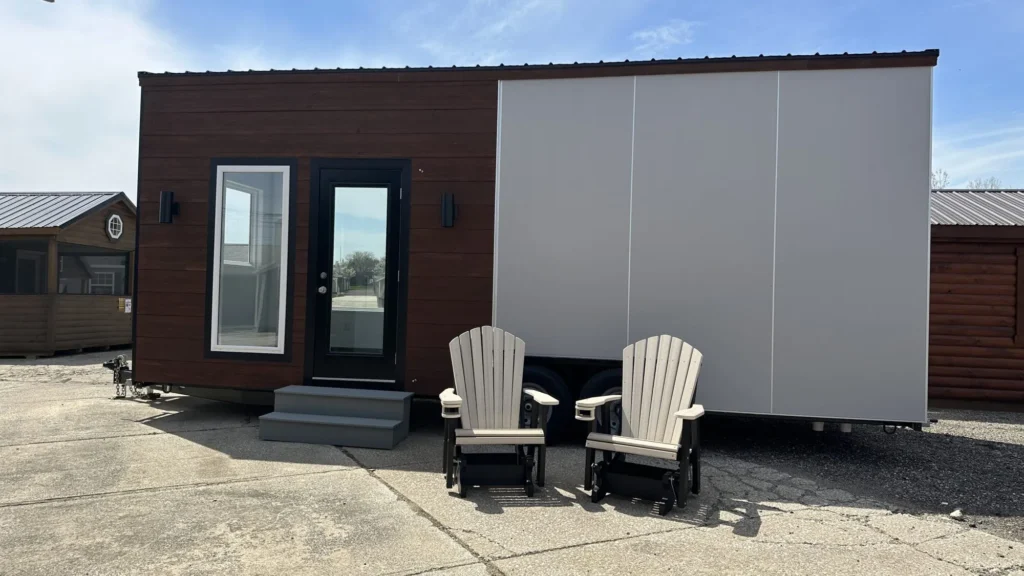
Speed and Latency Performance
For many users, the main measure of whether Starlink internet is good comes down to speed and reliability. As of early 2025, typical Starlink performance includes:
- Download speeds between 100 and 250 Mbps
- Upload speeds between 10 and 20 Mbps
- Latency between 20 and 50 milliseconds
These speeds are fast enough to support HD and 4K video streaming, remote work, online gaming, telehealth services, and video conferencing. Compared to older satellite services (which often max out at 25 Mbps with extremely high latency), Starlink’s performance represents a major leap forward.
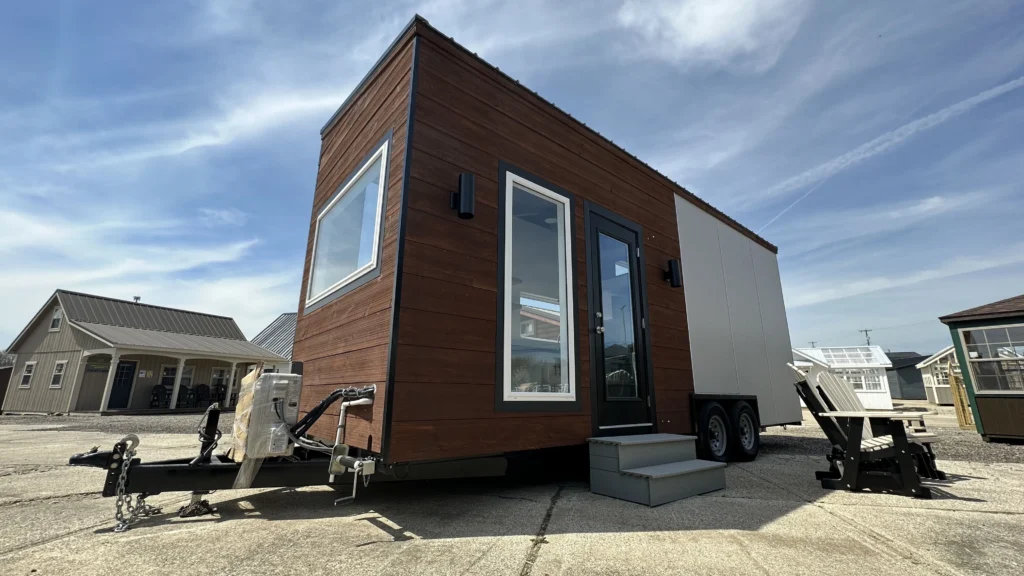
Reliability and Stability
Overall, Starlink provides a reliable internet connection for most users. It is less sensitive to light weather conditions compared to traditional satellite internet. Light rain, snow, and cloud cover typically do not disrupt service significantly.
However, heavy storms, dense tree cover, or obstructions like mountains can impact performance. Users who live in heavily wooded areas may experience service interruptions unless they clear a wide “view” of the sky for their dish.
Starlink is continually improving its network, adding new satellites, and upgrading ground stations, which has led to better uptime and reduced service gaps over time.
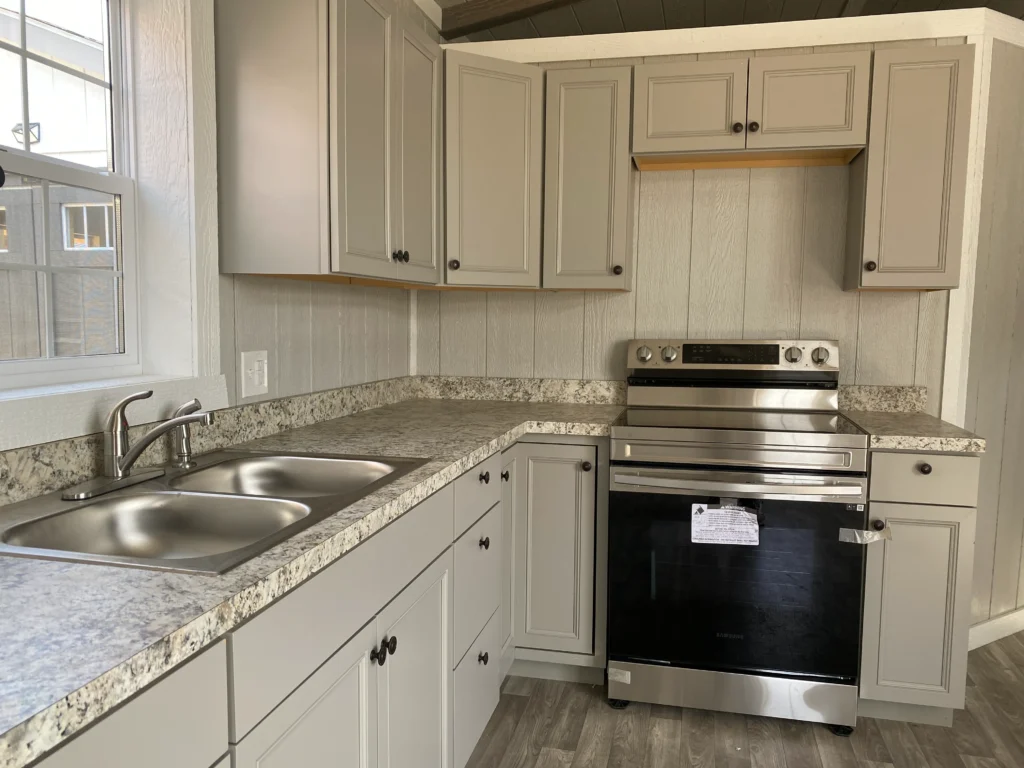
User Experience
Most user reviews report a highly positive experience with Starlink, particularly among those who previously relied on slow DSL, fixed wireless, or traditional satellite services. Customers praise the ease of setup, significant speed improvements, and the ability to finally engage in activities like Zoom calls, video streaming, and online gaming without constant frustration.
Common points of praise include:
- Consistent high speeds
- Quick setup process
- Responsive customer support
- Regular firmware updates improving service quality
On the downside, some users note that Starlink can be more expensive than wired broadband where it is available and that speeds may dip slightly during peak usage hours.
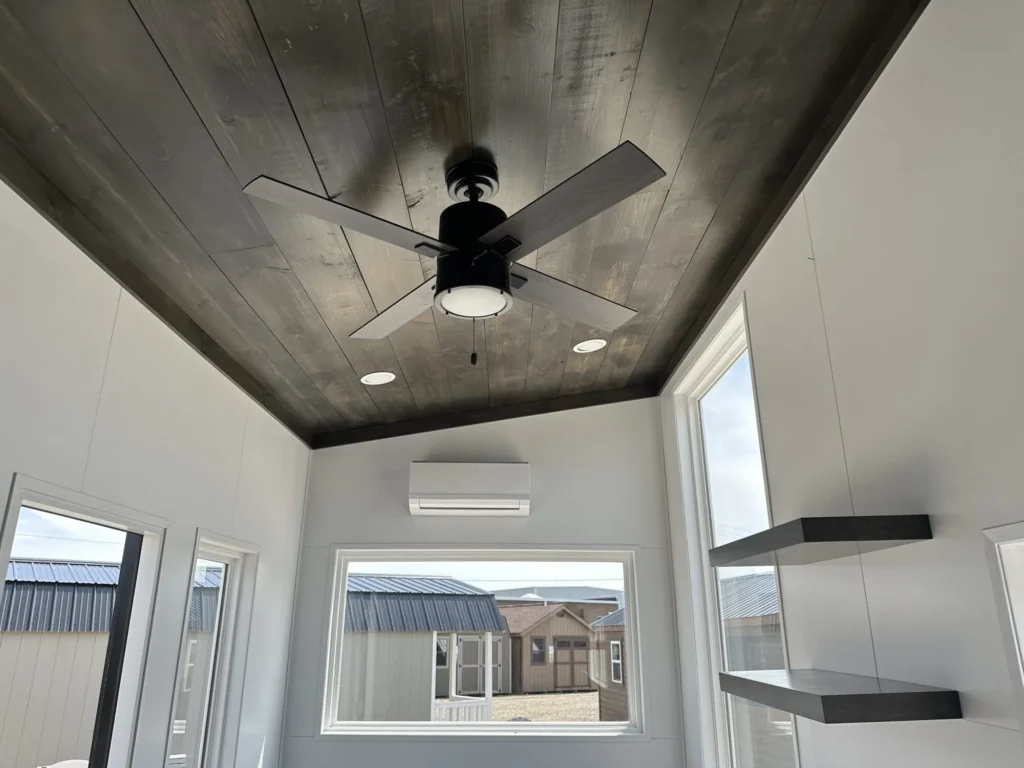
Cost Considerations
Starlink’s cost structure includes:
- Equipment cost: around $599 for the standard kit
- Monthly service fee: approximately $120
While the initial investment is higher than traditional wired setups, for those without cable or fiber access, Starlink’s performance easily justifies the price. Additionally, for off-grid properties or remote cabins, the only other option might be far slower or nonexistent.
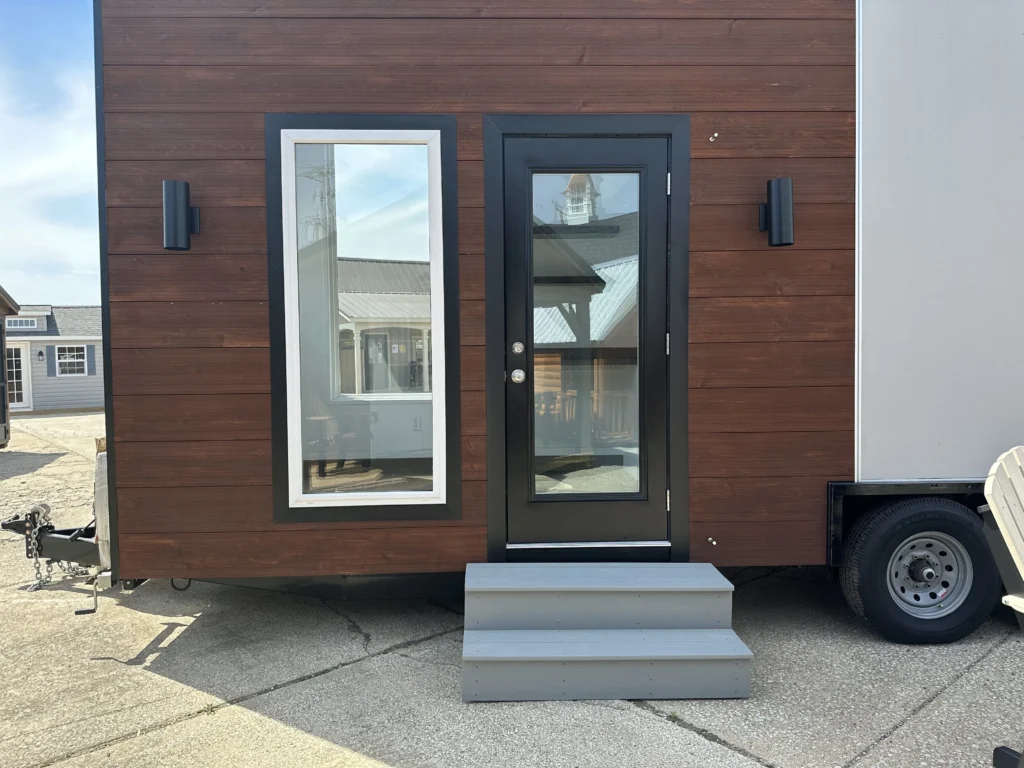
Starlink for Rural and Off-Grid Living
For rural communities, cabins, tiny homes, and off-grid properties—including those built by Ohio Cabins & Structures—Starlink internet is often the best or only real broadband option. It enables remote work, homeschooling, telemedicine, and modern entertainment even in areas far from urban centers.
When paired with solar power or generator systems, Starlink can be part of a fully self-sustaining off-grid lifestyle, keeping users connected without the need for traditional infrastructure.
Starlink vs. Traditional Options
- Compared to DSL: Starlink is dramatically faster and offers much lower latency.
- Compared to traditional satellite internet: Starlink outperforms legacy providers like HughesNet and Viasat in speed, latency, and reliability.
- Compared to fiber or cable: Fiber remains the gold standard for speed and reliability, but where fiber is unavailable, Starlink is an excellent alternative.

Future Outlook for Starlink
SpaceX continues to expand Starlink’s capabilities, with additional satellite launches planned to improve speeds, reduce latency even further, and increase network capacity. Innovations like laser inter-satellite links are designed to make the system even faster and less reliant on ground infrastructure.
This means that over the next few years, Starlink users can expect even better service—especially as rural and remote demand continues to grow.
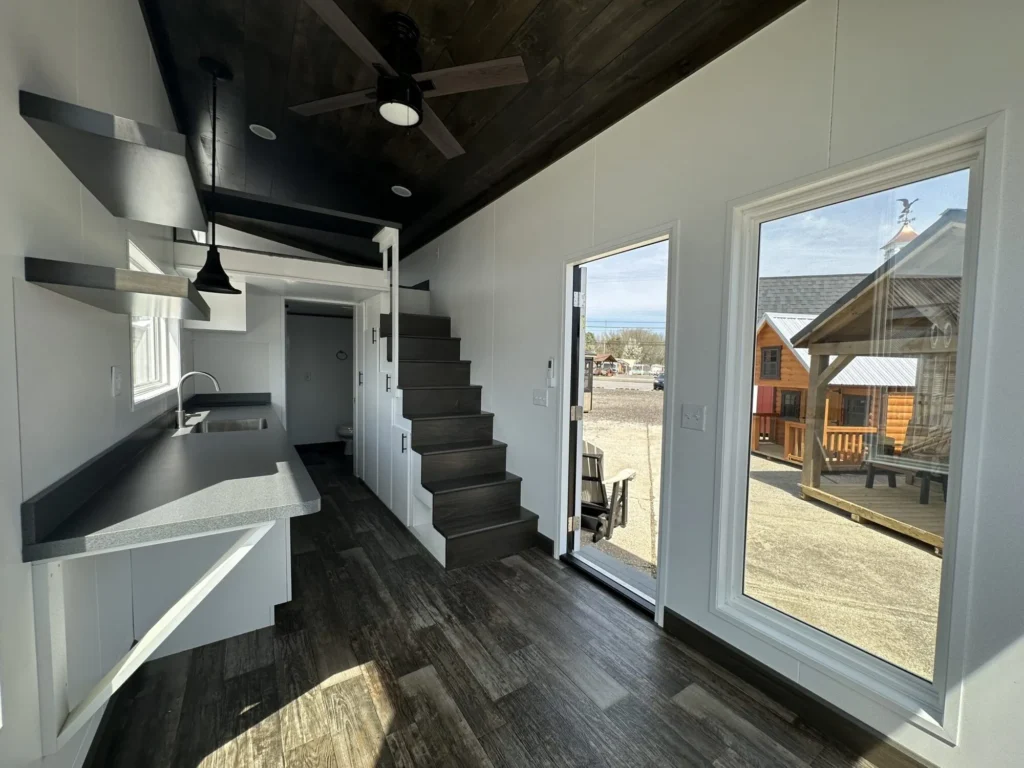
Conclusion: Is Starlink Internet Good?
Yes, Starlink internet is good—particularly for users in rural, remote, or off-grid locations where traditional broadband services are unavailable or unreliable. With download speeds routinely over 100 Mbps, low latency, and expanding coverage, it provides a real broadband experience previously out of reach for millions.
While it may not replace fiber in highly urbanized areas, for cabins, vacation homes, farms, and remote living—including structures provided by Ohio Cabins & Structures—Starlink is often the best internet option available.
Learn more about building your off-grid dream home and connecting it with modern conveniences at Ohio Cabins & Structures. For the latest service updates and technical specifications, visit Starlink.com.
When reliability, speed, and independence matter, Starlink delivers—making remote living more connected than ever before.
